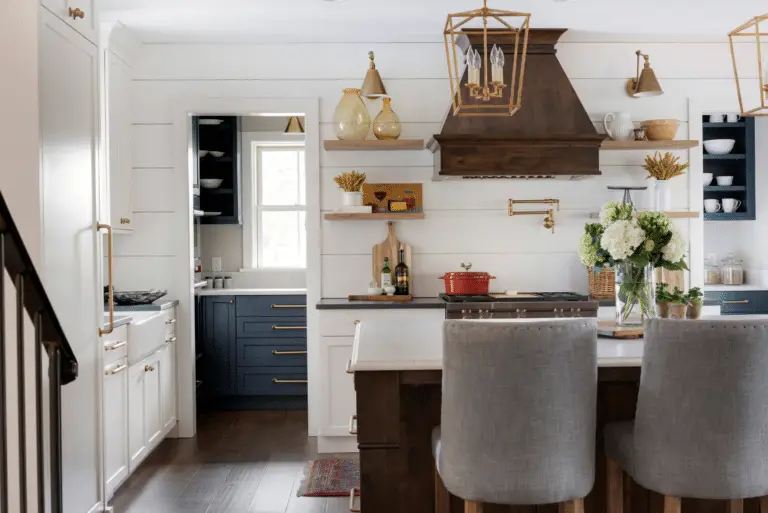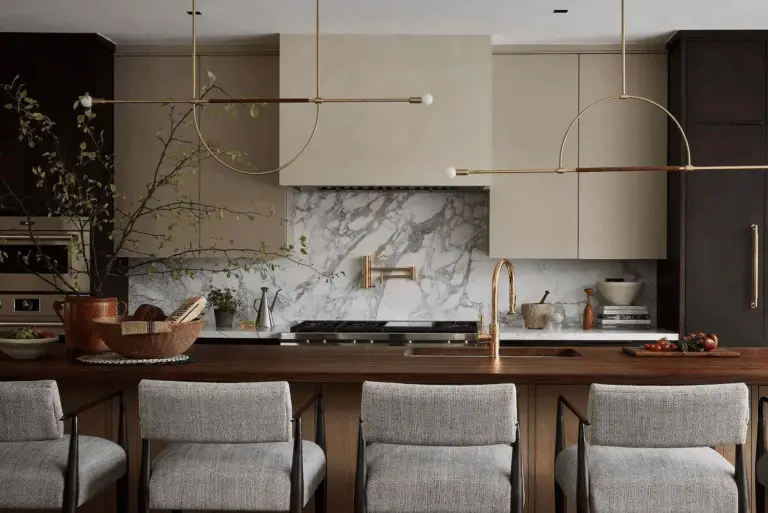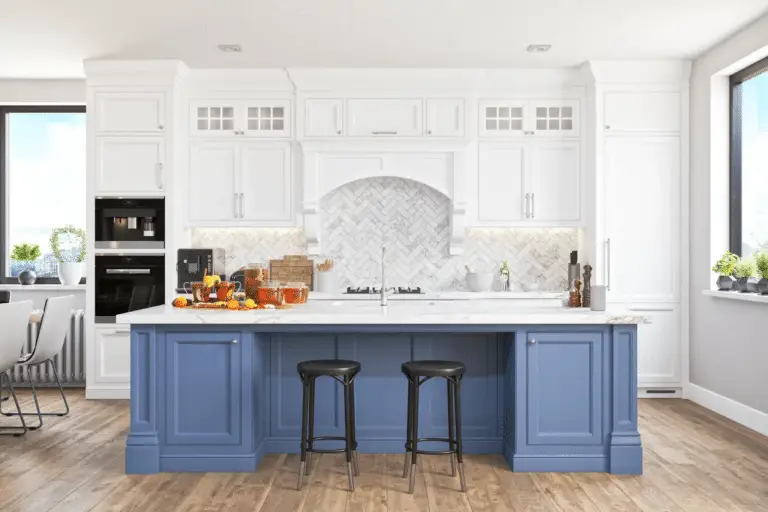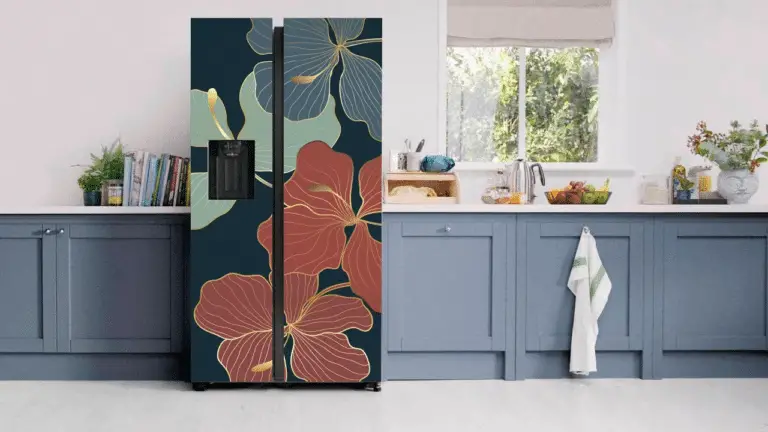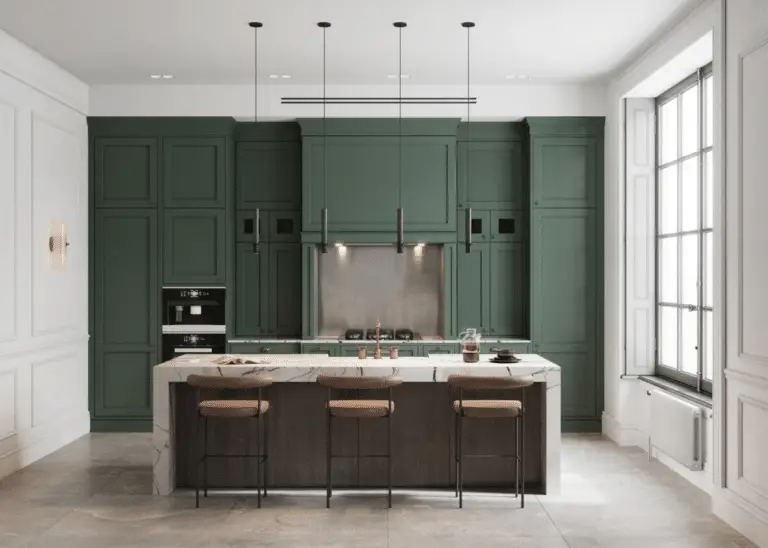Ready to take your kitchen design to the next level? Meet the angled kitchen island! In our latest exploration, we uncover the unique perks, key design features, and handy installation tips for this trendy kitchen element.
Discover how an angled kitchen island can enhance traffic flow, boost storage options, and offer extra seating—all while transforming your kitchen’s aesthetic. We’ve got a plethora of design inspirations to help you make your angled island the centerpiece of your culinary space.
Let’s dive in and start the transformation with an angled kitchen island!
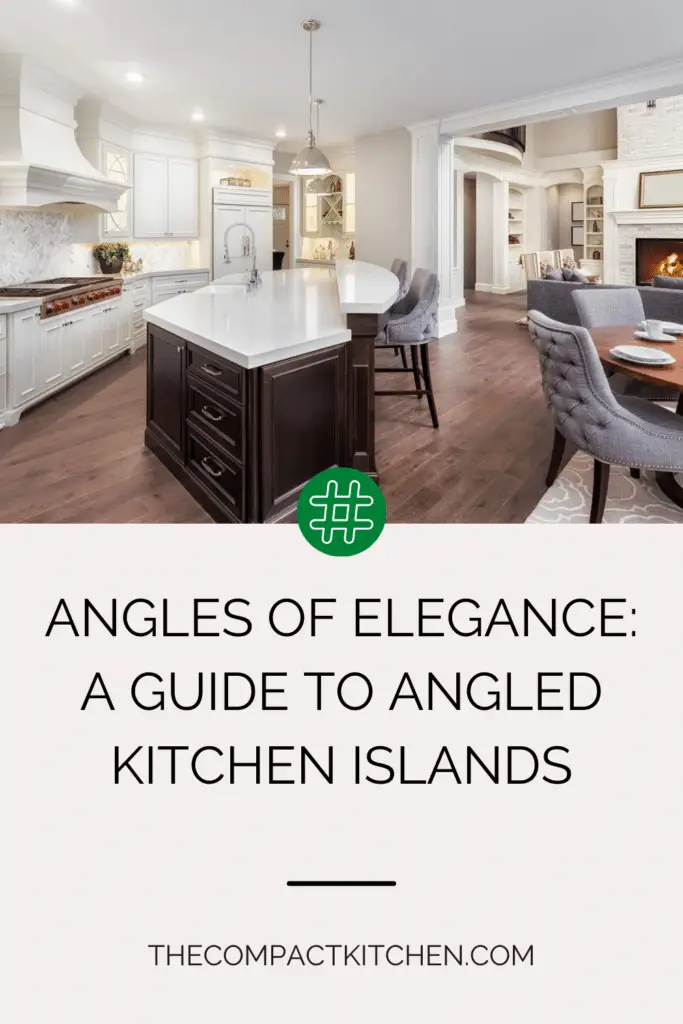
Introduction to Angled Kitchen Islands
Have you ever considered adding a unique touch to your kitchen with an angled kitchen island? This design element can offer a fresh perspective and elevate the look and functionality of your space. An angled kitchen island is not your typical rectangular island – it features one or more angled sides that create interesting lines and visual appeal. This type of island can bring a modern and dynamic feel to your kitchen, making it stand out from the rest.

When it comes to kitchen design, there are countless options to choose from, but an angled kitchen island can truly make a statement. Whether you have a spacious kitchen or a more compact one, incorporating an angled island can add character and style to the heart of your home. Let’s delve into the unique advantages of having an angled kitchen island and how it can enhance your overall kitchen experience.
Key Takeaways:
- An angled kitchen island features one or more angled sides that set it apart from traditional rectangular islands.
- Adding an angled kitchen island can bring a modern and dynamic feel to your kitchen space.
- Regardless of your kitchen size, an angled island can add character and style to your home.
Designing your Angled Kitchen Island
When it comes to designing your angled kitchen island, there are several key elements to consider to ensure that it not only looks great but also functions well in your kitchen space. From size and angles to countertop materials, each decision plays a crucial role in the overall design and functionality of your kitchen island.
Size Matters

One of the first things to consider when designing your angled kitchen island is the size. The size of your island will largely depend on the size of your kitchen and the intended use of the island. If you have a small kitchen, opting for a smaller angled kitchen island can help maximize space while still providing additional storage and countertop space. On the other hand, if you have a larger kitchen with ample space, a larger angled kitchen island can make a bold statement and serve as a central gathering point for family and friends.
Angles and Traffic Flow

The angles of your angled kitchen island are another important design element to consider. Angling the island can help create a more dynamic and visually appealing layout in your kitchen. Additionally, the angle of the island can also impact the flow of traffic in your kitchen. By carefully considering the angles of your island, you can optimize the layout to ensure smooth and efficient movement throughout the space.
Countertop Materials
Choosing the right countertop materials for your angled kitchen island is essential for both aesthetics and functionality. Popular choices for kitchen island countertops include granite, quartz, marble, and butcher block. Each material comes with its own set of benefits and considerations, so it’s important to choose a material that not only complements your kitchen’s design but also suits your lifestyle and cooking needs.

In conclusion, when designing your angled kitchen island, be sure to consider the size, angles, and countertop materials to create a stylish and functional centerpiece for your kitchen. By paying attention to these critical design elements, you can create an angled kitchen island that not only enhances the look of your kitchen but also improves its overall functionality and flow.
Benefits of an Angled Kitchen Island
When it comes to kitchen design, the layout and functionality of your space are key considerations. One innovative design element that can transform your kitchen is an angled kitchen island. Not only does it add visual interest to the room, but it also offers a range of benefits that can enhance your overall cooking and dining experience.
Improving Kitchen Traffic Flow
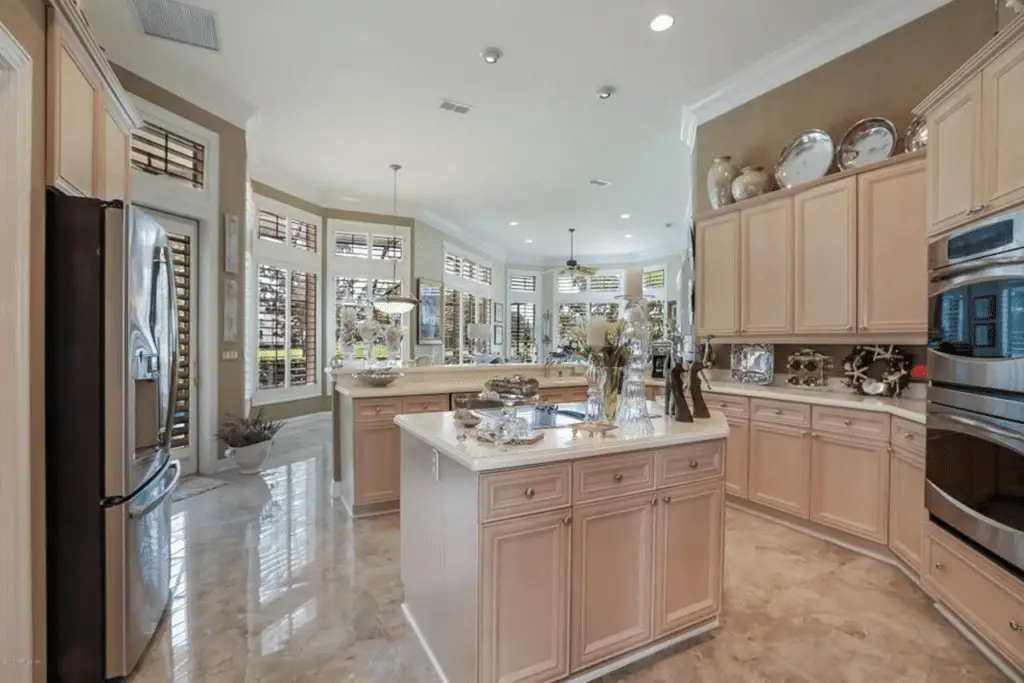
One of the primary advantages of an angled kitchen island is its ability to improve traffic flow within the space. By angling the island, you can create designated pathways that allow for easy movement between different areas of the kitchen. This can be especially beneficial in open-concept layouts where the kitchen flows into the living or dining area, as it helps to define boundaries and streamline circulation.
Providing Additional Seating

Another compelling benefit of an angled kitchen island is the opportunity to incorporate additional seating. Whether you choose to include bar stools along one side or create a built-in banquette for cozy dining, the angled design of the island can maximize seating capacity without sacrificing valuable floor space. This is ideal for casual meals, quick snacks, or even entertaining guests while you cook.
Increasing Storage Space

Lastly, an angled kitchen island offers increased storage options that can help keep your kitchen organized and clutter-free. With the ability to extend cabinetry along the angled edges or incorporate shelves and drawers underneath, you can maximize the functionality of your island while keeping essentials close at hand. This is especially useful for storing cookware, small appliances, or additional pantry items that you want within reach but out of sight.
Overall, the benefits of an angled kitchen island extend beyond just aesthetics, providing practical solutions to enhance the efficiency and comfort of your kitchen. From improving traffic flow and providing extra seating to increasing storage space, this design element can truly elevate the functionality and style of your culinary space.
Installation Tips for Your Angled Kitchen Island
When it comes to installing your angled kitchen island, there are a few key tips to keep in mind to ensure a successful and functional outcome. Whether you choose to hire a professional installer or take on the task yourself, these guidelines will help you achieve the kitchen island of your dreams.
Hiring a Professional Installer
If you’re not confident in your DIY skills or simply prefer to leave the installation to the experts, hiring a professional installer is a wise choice. Look for a contractor who has experience in working with angled kitchen islands and can provide references or examples of past projects. Make sure to communicate your vision clearly and ask for a detailed cost estimate before committing to the installation.
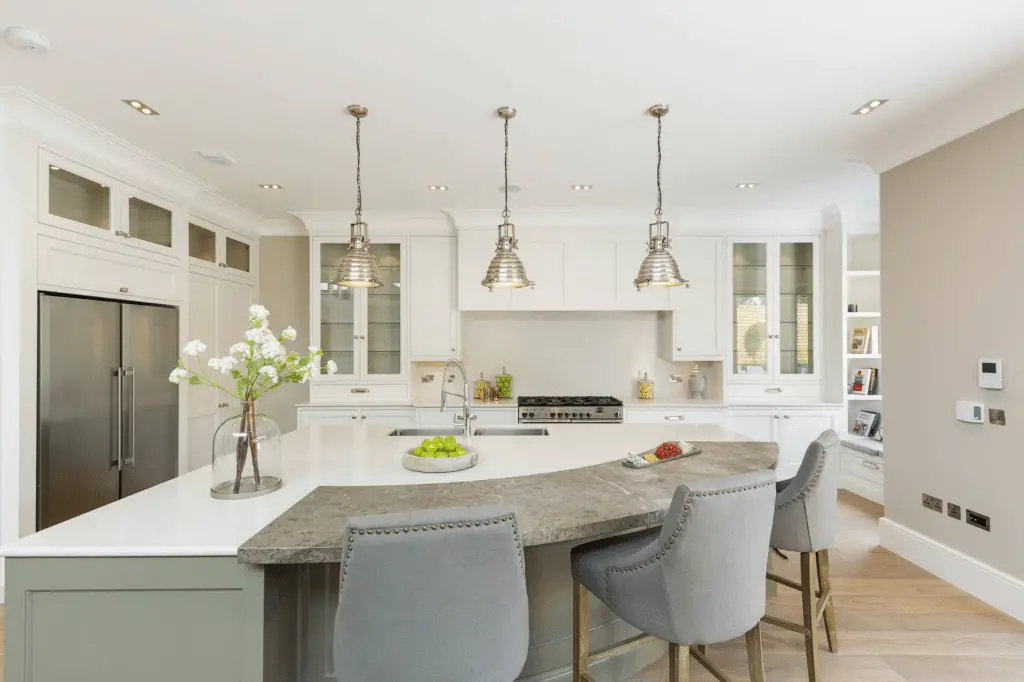
A professional installer will ensure that your angled kitchen island is securely anchored to the floor and properly aligned with the rest of your kitchen layout. They will also take care of any electrical or plumbing connections that may be necessary for features such as a sink or built-in appliances. By entrusting the installation to a skilled professional, you can avoid costly mistakes and enjoy peace of mind knowing that your kitchen island is in good hands.
DIY Installation Tips
If you’re feeling up to the challenge, installing your angled kitchen island yourself can be a rewarding project. Before you begin, make sure to carefully read the manufacturer’s instructions and gather all the necessary tools and materials. It’s also a good idea to enlist the help of a friend or family member to assist with lifting and positioning the island.

Start by marking the floor where the island will be placed and double-checking the angles to ensure a perfect fit. Use a level to confirm that the island is straight and adjust as needed. Secure the island to the floor using heavy-duty screws or brackets and test the stability before adding any additional features.
When it comes to electrical and plumbing connections, be sure to consult with a professional if you’re unsure of how to proceed. Safety should always be a top priority when working on any home improvement project, so don’t hesitate to seek help if needed.
Final Thoughts
Whether you choose to hire a professional installer or tackle the installation yourself, following these tips will help you create a beautiful and functional angled kitchen island that enhances your kitchen space. By paying attention to detail and ensuring that the island is properly aligned and secured, you can enjoy the benefits of this unique design feature for years to come.
Inspirational Ideas for your Angled Kitchen Island
Now that you’ve learned about the benefits and installation tips for your angled kitchen island, it’s time to explore some inspirational design ideas to truly make it the focal point of your kitchen.
1. Modern Kitchen Island Designs

Consider sleek and sophisticated modern kitchen island designs for a contemporary touch. Opt for clean lines, minimalist hardware, and a neutral color palette to create a chic and trendy look in your kitchen.
2. Maximizing Storage Space

Make the most of your angled kitchen island by incorporating clever storage solutions. Install deep drawers, pull-out shelves, or even a built-in wine rack to keep your kitchen organized and clutter-free.
3. Creative Countertop Materials
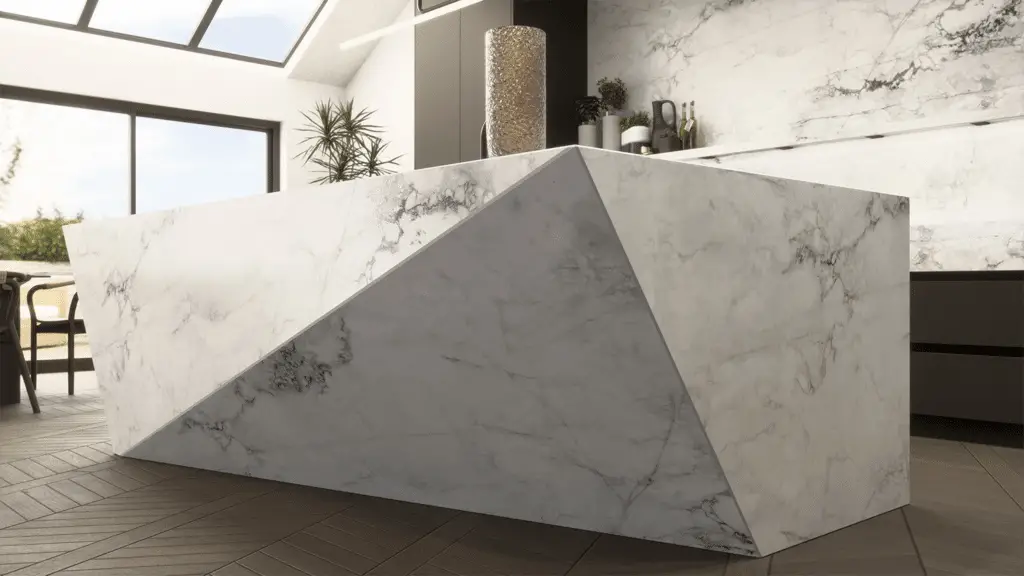
Experiment with different countertop materials for your angled kitchen island to add visual interest and texture. Choose from butcher block, quartz, marble, or even a unique patterned ceramic to make a statement in your kitchen.
4. Enhancing Traffic Flow

Ensure that your angled kitchen island enhances the traffic flow in your kitchen by leaving enough space around it for easy movement. Consider adding a built-in sink or cooktop to create designated work areas and streamline your cooking process.
5. Kitchen Island Seating

Include seating options at your angled kitchen island to create a cozy and inviting gathering spot for family and friends. Choose from bar stools, banquettes, or even a built-in bench to accommodate different dining preferences.
By incorporating these inspirational ideas into your angled kitchen island design, you can elevate the functionality and style of your kitchen space. Remember to personalize your design to suit your lifestyle and preferences, making your kitchen island truly unique and reflective of your personality.
Wrapping Up: Angled Kitchen Islands Are a Design Game Changer!
In conclusion, angled kitchen islands are not just a trendy feature, but a practical and stylish addition to any kitchen. By considering the design elements, benefits, installation tips, and inspirational ideas discussed, you can create a functional and aesthetically pleasing space in your home.
So, whether you’re looking to improve traffic flow, increase seating, or add storage, an angled kitchen island is the way to go. Get creative, get innovative, and transform your kitchen with an angled island today!



